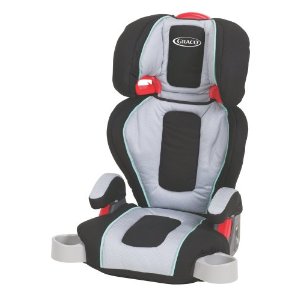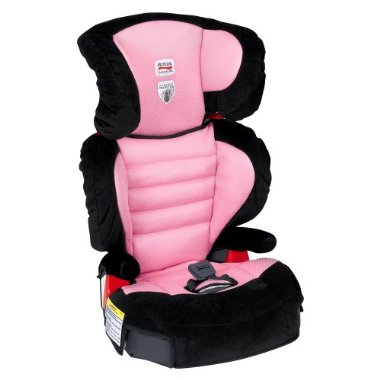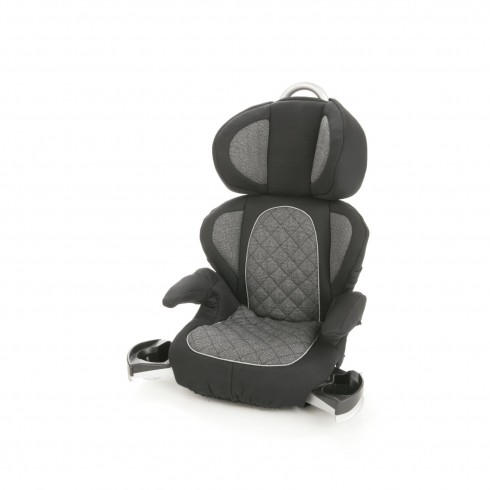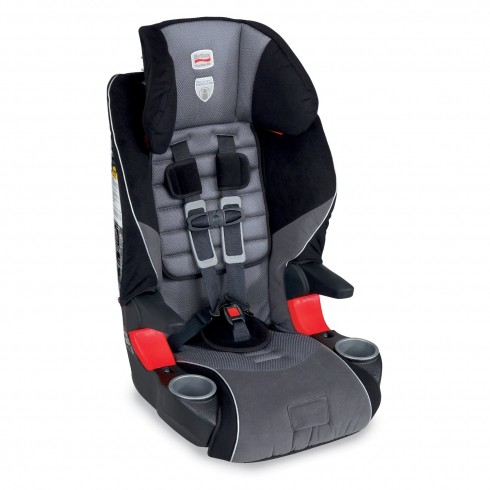By Jamell Andrews
As parents, one of our most important jobs is to make sure that our children stay safe at all times. Even if you consider yourself to be an exceptionally safe driver, accidents can happen to anyone. To be prepared for this event, security experts recommend that parents use booster seats for school-aged children who are still too small for automobile safety straps.
To help parents in choosing the right booster seats, the Insurance Institute for Highway Safety (IIHS), a nonprofit organization dedicated to reducing motor vehicle crashes and related injuries, has released its periodic report on the best and worst models in terms of safety. Reviewing a total of 72 models, the institute has given a “Best Bet†rating to 21 of the booster seats, a vast improvement over the 9 seats that achieved the rating a year ago. Eight seats were given a “Not Recommended†rating.
Booster seat recommendations
The American Academy of Pediatrics recommends that booster seats be used for children who have outgrown the forward-facing and convertible safety seats that are typically used for children of up to preschool age and are still less than 4 feet 9 inches in height. The boosters are essentially lifts that raise the child up by a few inches so that the built-in car safety harnesses fit as they are supposed to. Unlike smaller child safety seats, they do not come with their own harnesses but rather clip in place.
The exact installation instructions for booster seats vary from model to model, so parents should consult instruction manuals to make sure their children’s boosters are installed properly. In general, however, the booster seat should be installed so that the lap belt stays low and is snug across the child’s upper thighs. The shoulder belt should cross the middle of the child’s chest (a few inches below and to the left or right of the neck) and fit snugly without being too tight.
Four feet nine inches is usually the height at which children can switch to standard safety belts, but given the varying dimensions of cars and children’s differing body types, parents should use their best judgment to determine when to safely stop using the booster.
The IIHS’s booster Best Bets
None of the booster seats tested by the IIHS are completely negative in terms of safety, so the institute recommends that if you have one that is on the Not Recommended, keep using it until you can get a better one. Even the booster seats in this category are better than having no booster seat at all.

Graco High Back TurboBooster Car Seat
The models placed on the Not Recommended list are Eddie Bauer Deluxe, Eddie Bauer Deluxe 3-in-1, Evenflo Express, Evenflo Generations 65, Evenflo Sightseer, Harmony Baby Armor w/clip, Safety 1st All-in-One, and Safety 1st Alpha Omega Elite. The main problem with these seats is a poor belt fit-with the belt being either too far out on the shoulder, too high, or not snug enough in the lap.
The IIHS’s “Good Bets†are better than those on the Not Recommended list but not as good as the Best Bets. They are the Britax Parkway Secure Guard, Pink Sky, Combi Kobuk Air Thru, Evenflo Symphony 65. GracoTurboBooster Safeseat Sachi, Graco High Back TurboBooster Car Seat, Wander
, and Maxi Cosi Rodi.
The good news is that the Best Bets list is by far longer than the other two lists. Among the Best Bet models are the Britax Frontier 85 Combination Booster Car Seat, Rushmore, the Cosco Juvenile Pronto, the Cybex Solution X-Fix, the Eddie Bauer Auto Booster Car Seat in Portman
, the Evenflo Big Kid Amp w/clip, the Recaro Vivo, and 15 others. All of these boosters create the best belt fit and are more likely than the alternatives to keep your child safe. Remember this is my opinion based on the facts that I have reviewed. In all cases, it is up to the parents to decide what is best for their child.
About Jamell: Jamell Andrews authors many insightful articles on parents and children. She is a firm believer in the many uses of natural remedies for acid baby reflux.


